Other Attractions
There are numerous other attractions in Bosnia & Herzegovina worth seeing...
Other Attractions
There are numerous other attractions in Bosnia & Herzegovina. Some worth mentioning are:
- Jajce Watermills – This cluster of little wooden huts once ground local farmers’ wheat into flour during the days of the Austro-Hungarian Empire, they give the impression of a little storybook village. No longer used for actual milling, the Pliva Lakes watermills draw tourists down the river from the giant waterfall in town. But the little shingled watermills feel like they might be home to some local trolls, with their dragons hitched up out back.
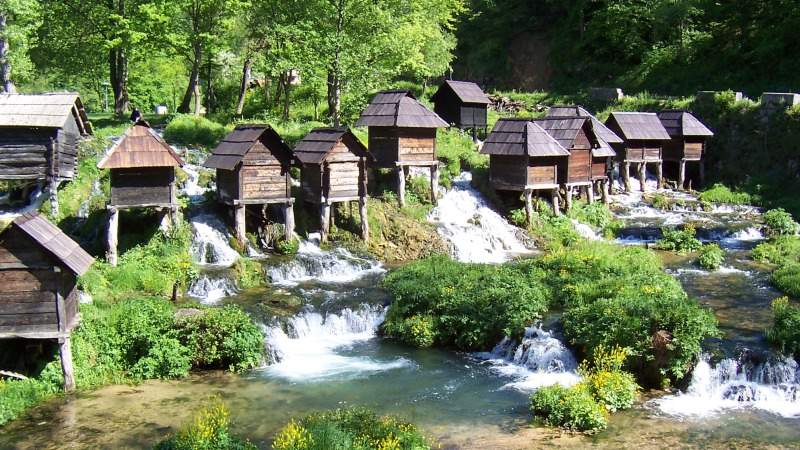
- Tito’s Bunker, Konjic – In the early 1950s, Josip Broz Tito, the late leader of the former Yugoslavia, ordered the building of a secret nuclear bunker. Located 270 m underground, near the Bosnian town of Konjic, it was built at a cost equivalent to $4.6 billion. If restocked with supplies it would allow 350 people to live and work for six months without ever coming outside.

- Bosnian Pyramids, Visoko – The Bosnian pyramids are an unusual and beautiful hill formation that incredibly resemble the pyramids in Egypt or Latin America. They area subject of pseudo-archaeological claim promoted by author Semir Osmanagich, that they represent the largest human-made ancient pyramids on Earth. The hills are located near the town of Visoko. Visočica hill, where the ancient town of Visoki and the seat of medieval Bosnian kings was once sited, came to international attention in October 2005, following a campaign by Osmanagich who claims that he has found tunnels, stone blocks, stone spheres and ancient mortar. Come and judge this phenomenon by yourself.
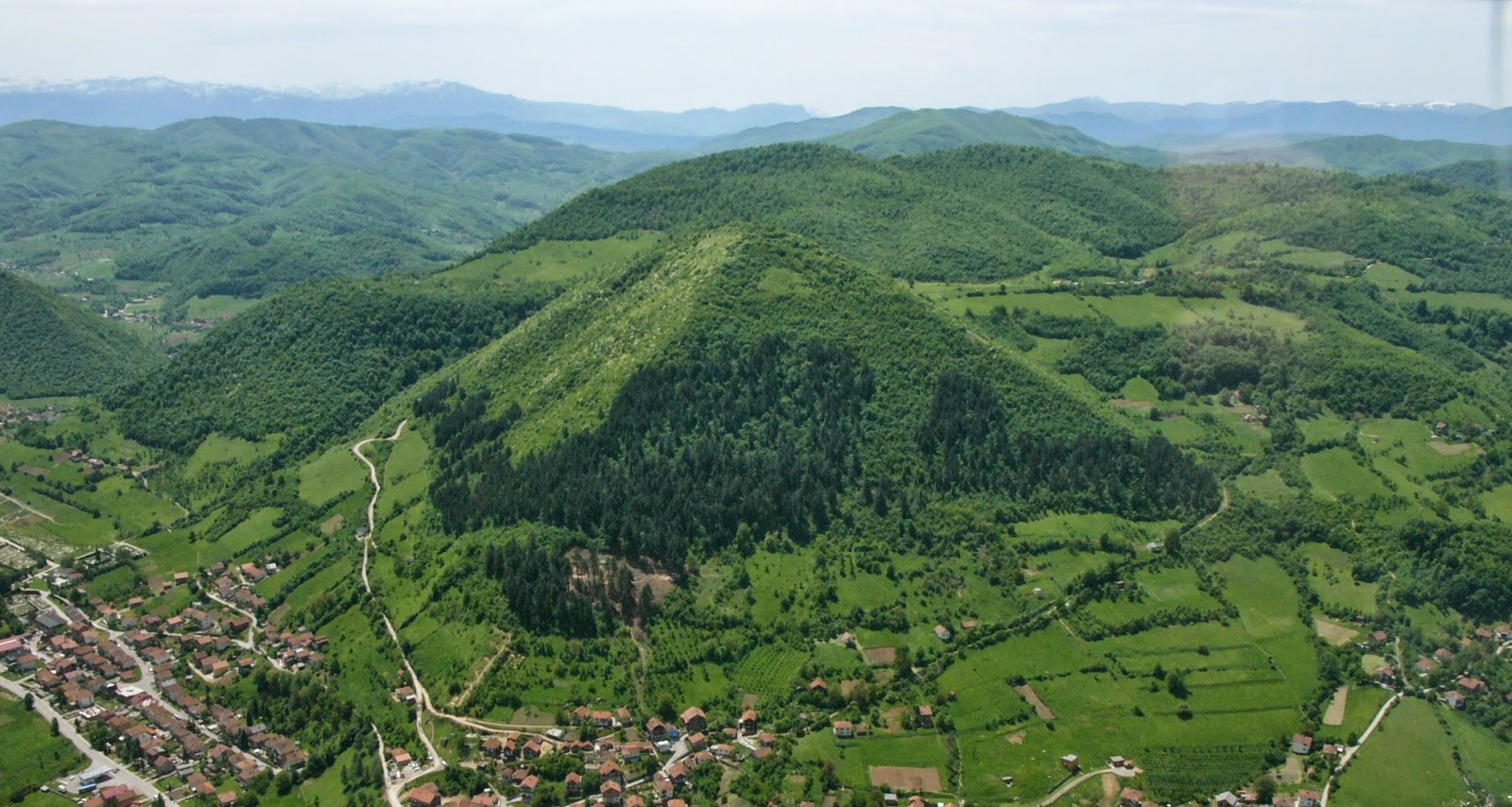
- Stone Spheres, near Zavidovići – Located near the town of Zavidovići , the giant sphere — the largest of a group of such objects — is partially sticking out from the ground, and according to archaeologist Semir Osmanagich, who discovered the stone in March of 2017, it may have a very high iron content and weighs over 30 tons.
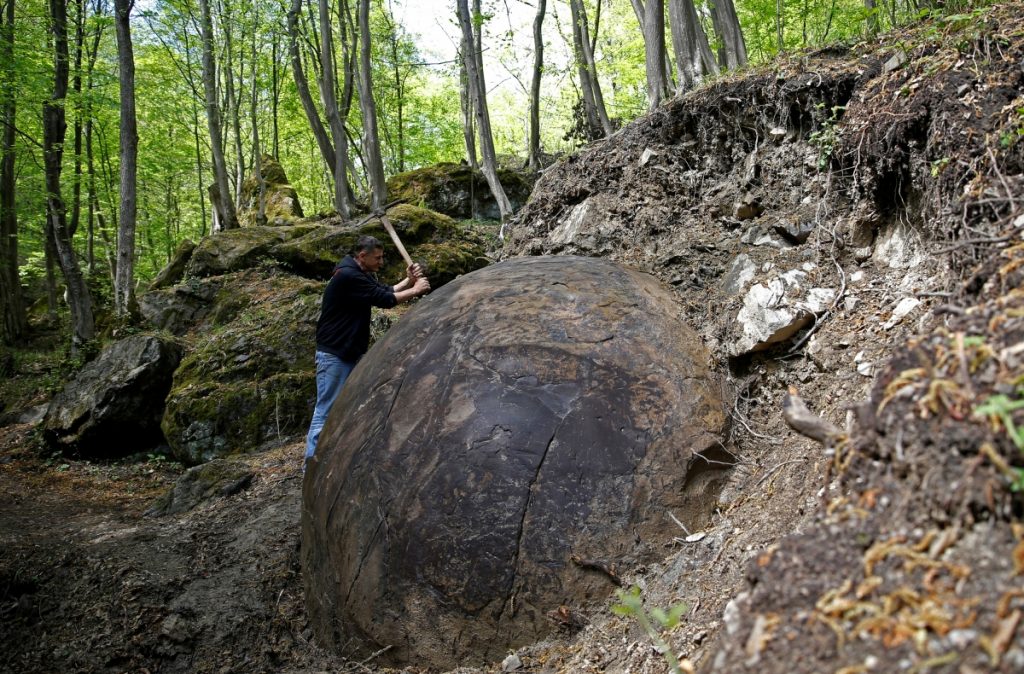
- Sarajevo War Tunnel – The Sarajevo Tunnel was an underground tunnel constructed between March and June 1993 during the Siege of Sarajevo in the midst of the Bosnian War. It was built by the Bosnian Army in order to link the city of Sarajevo, which was entirely cut off by Serbian forces, with Bosnian-held territory on the other side of the Sarajevo Airport, an area controlled by the United Nations. The tunnel linked the Sarajevo neighborhoods of Dobrinja and Butmir, allowing food, war supplies, and humanitarian aid to come into the city, and allowing people to get out. The tunnel became a symbol of the city’s struggle and is now an open air museum.
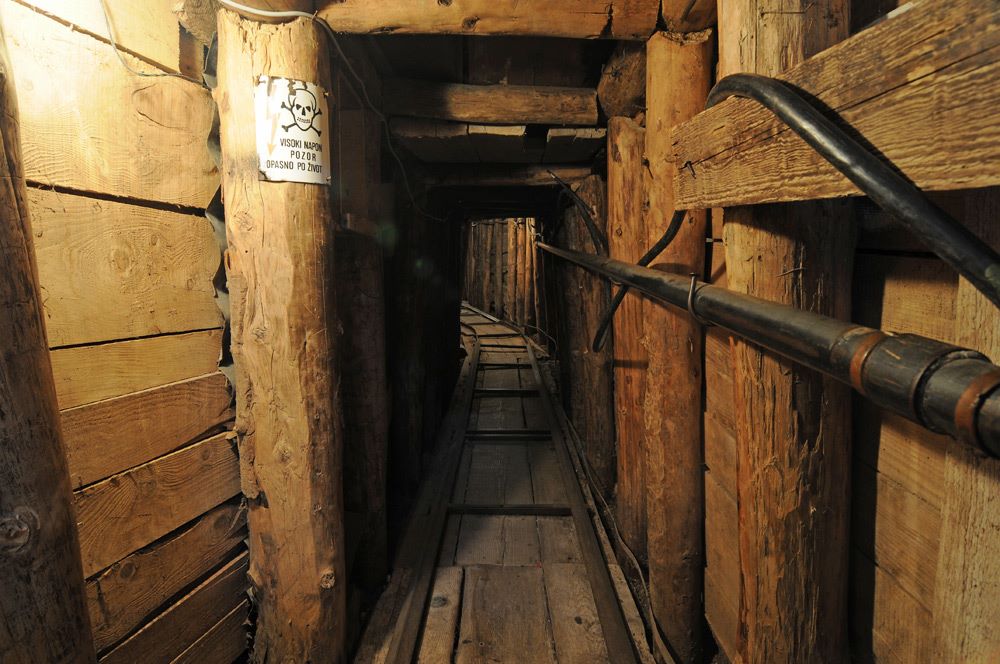
- Men’s Water Kladanj – The Men-water from Kladanj has been famous since the 17th century from travel journal by the Ottoman writer Evliya Çelebi. So famous in fact that the Ottoman Sultans regularly consumed water from Kladanj. Apparently, upon consuming the water, men felt a sudden surge of tremendous sexual power. Research has shown the water may have a supreme mixture of minerals and substances.
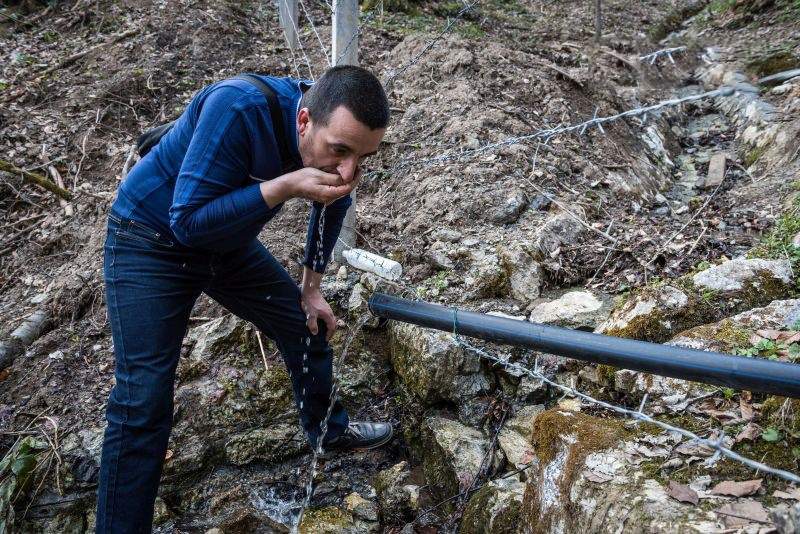
- Mogorjelo Roman Ruins, Čapljina – Mogorjelo is the most important Roman archeological site of Herzegovina featuring the fortified remains of the Roman Villa Rustica from the beginning of the 4th century, built on top of another Romanvilla from the 1st century, surrounded with lush Mediterranean vegetation. The Mogorjelo site was a Roman garrison in a strategic location, built to protect the Roman city of Narona some 15 km away. In the 5th century, two early Christian basilicas were built against the walls of the Mogorjelo fort. The Mogorjelo area is currently protected by the state as the monument of culture and is surrounded by a gorgeous park and a horse farm.

- Lukomir, the most remote village – Lukomir is a village in Bosnia and Herzegovina situated in the municipality of Konjic. Lukomir sits the highest altitude and is the most remote village in the entire country. Lukomir sits at an altitude of 1,495 m on the Bjelašnica mountain. Stećak medieval tombstones originating from the 14th and 15th century exist at the village and suggest that it was inhabited for hundreds of years. The homes in the area are made of stone while their roofs are composed of wooden tiles. The Rakitnica canyon is located nearby and is said to be the origin of a dragon by local folklore.
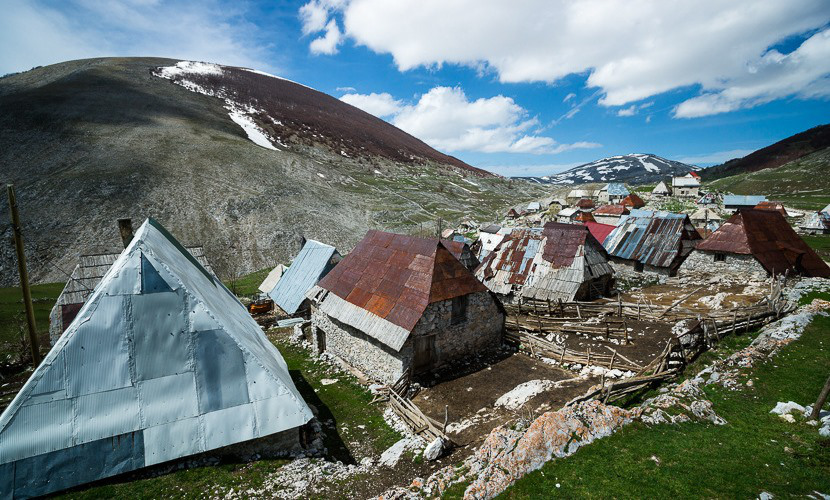
- Daorson Megalithic Site, Stolac – Daorson was the capital of a Hellenised Illyrian tribe called the Daorsi, built around a central fort or acropolis, surrounded by unique and mysterious cyclopean walls made of huge stone blocks. The Daorsi lived in the valley of the Neretva River between 300 BC and 50 BC. The defensive wall was 65 metres long, 4.2 metres wide, and from 4.5 to 7.5 metres high with doors and towers on both sides. The city is assumed to be around 2500 years old, but three more cultural layers under the existing walls dating back 7,000 to 8,000 years are present and, with this theory, this megalithic site predates the Greek civilization by at least 3500 years. The walls are built using beautifully carved stone blocks which weigh several tons, and placed with precision that mystifies today’s stone masons. The stones are assumed to have originated in a quarry more than 20 miles away. It is unknown how the ancient builders managed to transport and lift the blocks to such a height, considering their size and weight.

- Underground Church, Jajce – Located inside the city walls of Jajce are the Catacombs (underground church and crypt), a monument of particular value and importance. At the end of 14th century, when the town was experiencing major political and cultural development, the mighty Bosnian duke, Hrvoje Vukčić Hrvatinić, ordered that these catacombs be built in the granite rocks as a place of last residence for himself and the ducal family. In 2003, the Commission for the Protection of National Monuments of Bosnia and Herzegovina registered the Catacombs as a national monument.
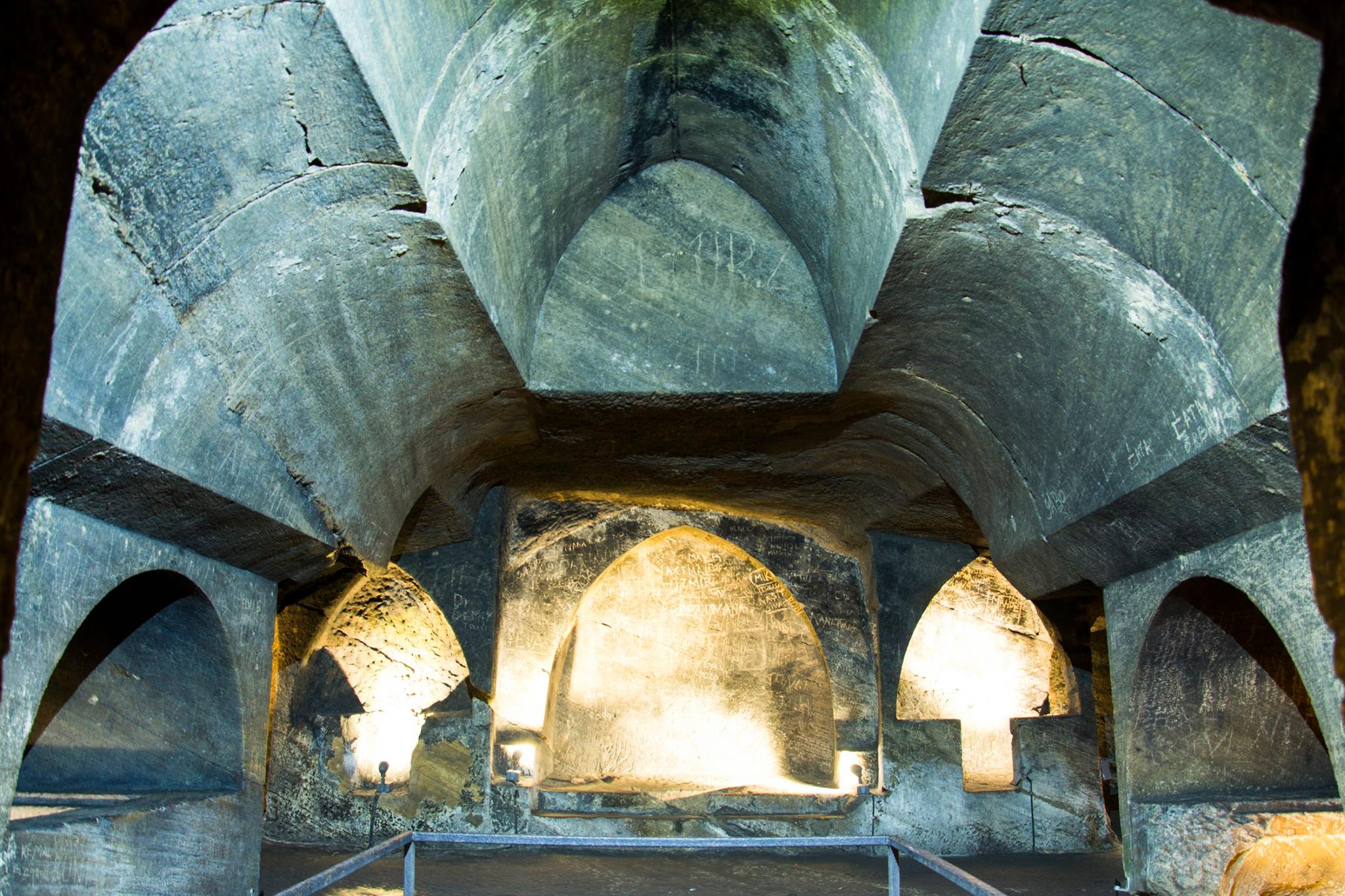
- Mithra Temple, Jajce – The Mithraeum is a world heritage monument and one of the oldest monuments in Bosnia & Herzegovina. This temple is dedicated to the Persian invisible sun god, Mithras. The cult of Mithras was widespread throughout the provinces of the Roman Empire, including the province of Dalmatia. During the archaeological excavations of the Mithraeum temple, a silver brooch with a curved foot and 16 coins were found, a proof that the temple was built in the early 4th century AD.

- Tito’s Cave, Drvar – Drvar is most famous as the location of a daring airdrop Raid on Drvar, on May 25, 1944 by Nazi German invaders in an attempt to assassinate Tito, the Partisan resistance commander, who was sheltered n what is now called “Tito’s Cave” in the hills near Drvar. The cave is now a museum and visited by 40,000 people annually.

There are numerous other attractions in Bosnia & Herzegovina worth seeing…



Comments are closed.